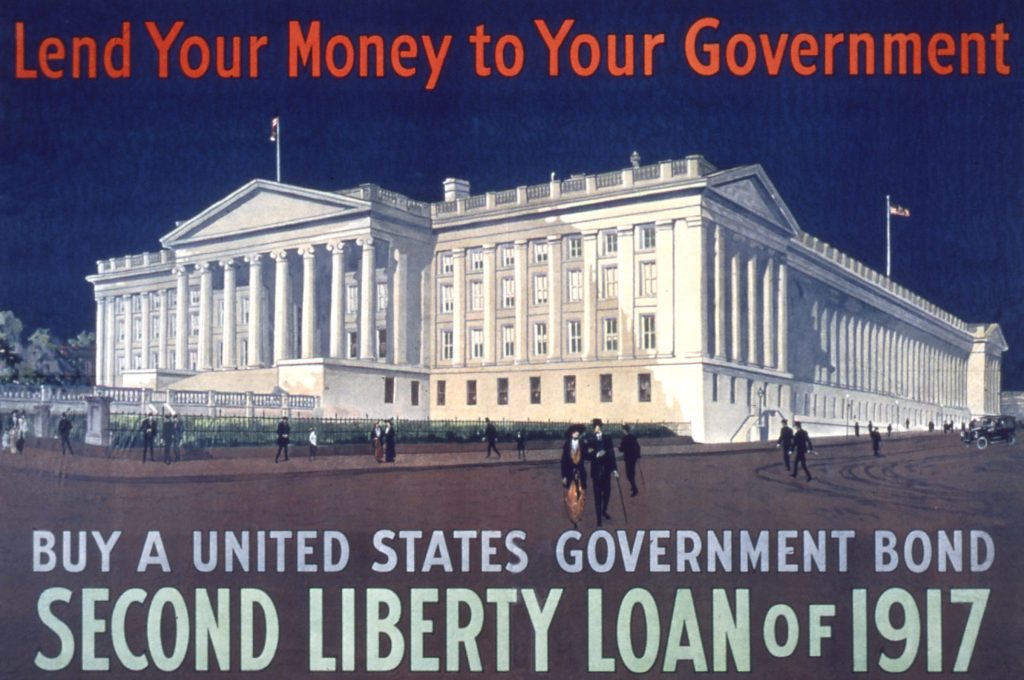The SEC has adopted new rules aimed at reducing systemic risk in the $26 trillion US Treasury market. The rules will direct more trades through clearing houses, while offering some concessions to industry participants who submitted comments and pushed back when the rules were first proposed a little over a year ago.
The five-member Commission voted 4-1 to finalize the new rules, marking the most significant overhaul in decades of the world’s largest bond market, a global benchmark for assets.
“Today is the most significant day for US Treasury market structure in decades. The SEC’s final rule will reassemble the way that the Treasury market functions,” said Nathaniel Wuerffel, head of market structure at BNY Mellon, a major Treasury market participant.
Mandating greater central clearing
Specifically, the amendments require some cash Treasury and repurchase or “repo” agreements to be centrally cleared, are part of a broader government effort to fix structural issues that regulators believe are causing market volatility and liquidity problems.
Under the new rules, covered clearing agencies in the US Treasury market must adopt policies and procedures designed to ensure that the covered clearing agency has an appropriate means to facilitate access to clearing, including for indirect participants.
These transactions include:
- all repurchase and reverse repurchase agreements collateralized by US Treasury securities entered into by a member of the covered clearing agency, unless certain conditions apply, such as the counterparty being a state or local government or another clearing organization;
- all purchase and sale transactions entered into by a member of the clearing agency that is an interdealer broker; and
- all purchase and sale transactions entered into between a clearing agency member and either a registered broker dealer, a government securities broker, a government securities dealer.
The amendments include an exemption for transactions in which the counterparty is a central bank, sovereign entity, international financial institution, or natural person.
“Today’s final rules, taken together, will reduce risk across a vital part of our capital markets in normal times and stress times.”
Gary Gensler, Chair, SEC
Basically, by forcing trades through a central clearer, which acts as the buyer to every seller – and a seller to every buyer – helps add a guarantee to the trades in case either party defaults.
By mandating that cash Treasury trades, repo and reverse repo transactions get cleared, the SEC is broadening the scope of which transactions must be cleared. Now, when broker-dealers, banks and other players such as hedge funds borrow short-term loans backed by Treasuries, they will generally do so through a clearing house.
Risk curbed – Gensler and MFA
“The $26 trillion Treasury market – the deepest, most liquid market in the world – is the base upon which so much of our capital markets are built,” said SEC Chair Gary Gensler. “Having such a significant portion of the Treasury markets uncleared – 70-80% of the Treasury funding market and at least 80% of the cash markets – increases system-wide risk,” he said.
(According to 2017 data collected by the Treasury Department, overall, just 13% of Treasury cash transactions are centrally cleared.)
“Today’s final rules, taken together, will reduce risk across a vital part of our capital markets in normal times and stress times,” he said.
The Managed Funds Association (MFA), which represents hedge funds, said it supported the new rules. But the MFA is awaiting their implementation to give a final vote of approval. “Ultimately, how the SEC and the Fixed Income Clearing Corporation implement the final rule … will determine the rule’s impact on market liquidity and efficiency,” MFA’s Chief Counsel Jennifer Han said in a statement.
Dissenting
Commissioner Hester Peirce was the lone dissenter, saying additional central clearing in the US Treasury market may be one way to strengthen the market to ensure that it can absorb ever-increasing Treasury issuances, “but how we get to increased central clearing matters”.
“The recommendation that the Commission is considering today would commit the market to what may be a reckless ride down the path to mandatory clearing, with no brakes or off-ramps in the event the market takes a bad turn. Accordingly, I cannot support it,” she said.
She thinks the agency is applying the mandate too broadly, for example, to tri-party repo transactions, where the market functions well and there is limited experience with central clearing, and too quickly.
Effective dates
The amendments will go into effect in two phases, with the changes regarding the separation of house and customer margin, a broker-dealer customer protection rule, and access to central clearing required to be completed by March 31, 2025.
Compliance by the direct participants of US Treasury securities central clearing agencies with the requirement to clear eligible secondary market transactions is required by December 31, 2025 for cash transactions and by June 30, 2026 for repo ones.






